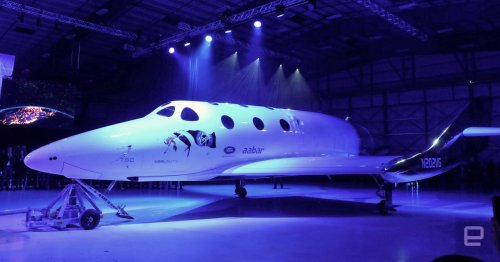In September, VSS Unity took to the skies for the first time. It was a fulfilling and emotional experience for our team—but even more so, it was an opportunity to collect great data. Using our carrier airplane, WhiteKnightTwo VMS Eve, as a ‘flying wind tunnel,’ we captured terabytes of extremely valuable data from a nearly four hour long flight.
After thoroughly analyzing that data and completing other planned work on VSS Unity, we are nearly ready to move into the next phase of flight. The results from September’s test were encouraging enough that the team agreed that no further captive carry flights are needed. The next time VSS Unity takes to the sky, we plan for her to be released from the mothership and to glide home on her own for the first time ever.
This test will be the first of a sequence of glide test flights. These flights will cumulatively allow us to test and prove the performance of the vehicle in a variety of conditions: both heavy (e.g. simulating the full weight of a load of fuel, oxidizer, and people) and light (with empty tanks) and in between, at a variety of flight path angles and airspeeds, and so forth.
This testing of the “corners of the box” is designed to demonstrate how VSS Unity will perform as it returns from space, after the feather system is retracted and the vehicle becomes a glider and lands on the runway like an airplane. In addition, this phase of flight will also demonstrate and test our abort modes – which culminate in a safe glide back to the runway.
Our team of flight test experts has developed a set of requirements for each planned test flight as well as detailing exactly what we need to test in order to be ready to proceed to the next phase of rocket powered flights. We will fly as many flights as we need to in order to achieve all these objectives.
Our first glide flight will be focused on testing the fundamental performance and handling qualities of VSS Unity. For this first test, we will keep the vehicle at a light weight and will place a “speed limit” on the pilots (Mach 0.6). Once we analyze the results from this test, we will be cleared to go faster on subsequent tests.
We’re excited to take this next step on our road to space. In the graphic below, you can see where this milestone puts us on that journey—a lot of hard work behind us and still a lot of important work yet to do.
Please stay tuned to this site and our social media channels (Twitter, Instagram, Facebook, YouTube, and LinkedIn) for more information as our flight testing program progresses. Although we will not livestream the upcoming test flight, we will post information on Twitter in real time.





